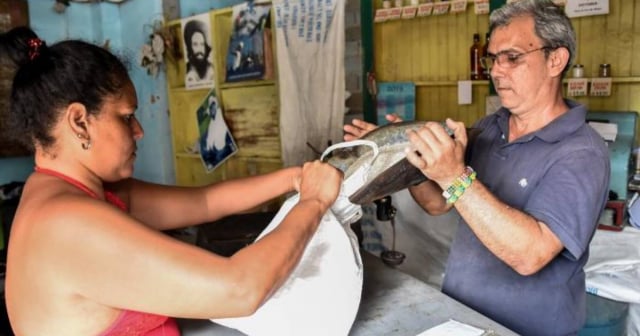Sometimes the most humble dishes hide the biggest surprises. Such is the case of therice scrape, known in different cultures with various names such as cucayo, concolón, socarrat, or pegao.
The user ofTikTok King Michel He shared a video with his discoveries about the names this delicious dish receives in different regions of the world.
The crispy layer that forms at the base of the pot during cooking rice is more than just a residue; It is a snack with an intense flavor and unique texture that has been valued in various cuisines around the world.
The formation of thisrice crust It is not a new or accidental phenomenon. In many culinary traditions, it is considered an essential part of the dining experience.
InCuba It is called raspa; inPuerto Rico, the pegasus; inColombia, is cucayo; in Iran, the tahdig which literally means "bottom of the pot"; In the Spanish Mediterranean they call it "socarrat" and it is a sophisticated version that is highly sought after by diners, as it is often enriched with saffron and other spices.
The secret to achievethe perfect rice scrape lies in several factors. First, the type of grain is crucial. Varieties such as jasmine or basmati rice, with their high starch content, are ideal for achieving that golden, crunchy texture.
The cooking technique also plays a fundamental role. In many homes, a little more oil or butter is intentionally added to the bottom of the pot to ensure that the bottom layer of the rice is slowly fried and reaches the point of caramelization without burning.
In times where food waste is a concern in Cuba, dishes like this highlight the importance of using all the components.
The raspa is far from being a simple kitchen coincidence. It is an example of how creativity and culture can transform something as basic as rice into an extraordinary culinary experience.
The next time you cook rice, consider letting that golden layer form on the bottom. It could become the crunchy touch that transforms your dish from ordinary to sublime.
What do you think?
COMMENTFiled in:
